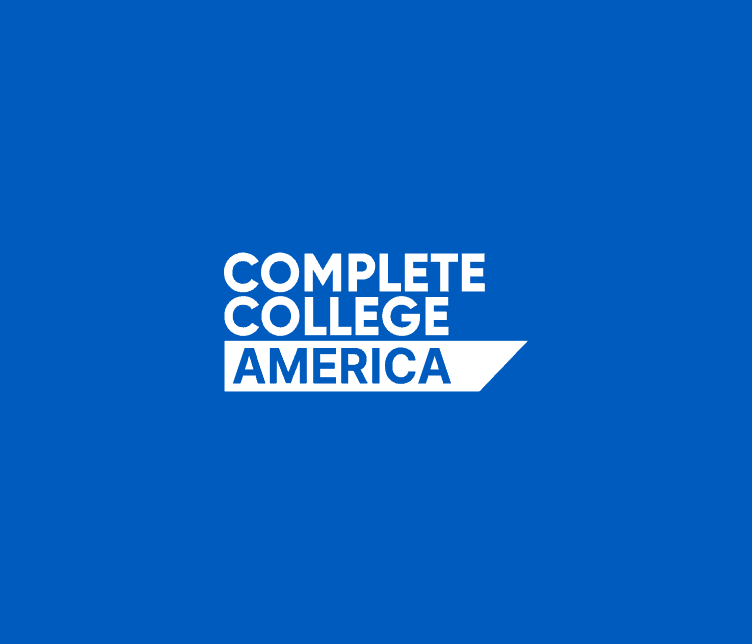The Key Idea
Using the Postsecondary Data Partnership provides a wealth of benefits to state and institutional level users, but the process of getting started can sometimes feel daunting to institutional research staff responsible for managing large amounts of data. The good news: the reality of onboarding is easier than most people think. Taking early steps to onboard successfully is worth the time, allowing users to get the full benefit of the PDP.
The Key Players
Dr. Matthew Trengove: Director of Institutional Assessment Research and Effectiveness, Tennessee Technological University, Cookeville, TN
The Terminology
PDP: Postsecondary Data Partnership. “The [PDP] is a service of the National Student Clearinghouse established in 2017 to empower institutions with more comprehensive data, easier analysis, centralized reporting functions, and interactive visualizations with benchmarking functionality.” – Postsecondary Data Partnership Insights | National Student Clearinghouse Research Center (nscresearchcenter.org).)
CCA regularly encourages states and institutions to onboard to the PDP as a way of supporting effective data use in CCA student success initiatives such as Complete College Accelerator.
The Story
Data is a central theme in most discussions about student success. Even when it isn’t explicitly stated, practitioners, funders, and legislators want to know what the evidence tells us about student success. What does a successful student support initiative look like in dollars and cents? In students served? And, important to CCA’s mission to include historically underserved populations in the story of student success, where do institutional performance gaps still exist?
Most colleges and universities have mechanisms in place for tracking data, but many lack the capacity or knowledge to apply the available information with focus to student success outcomes. On May 9 and 10, CCA hosted a two-day workshop, Data to Decisions, in Detroit, MI, to share data tools and resources to support tracking and measuring student success and to identify and close institutional performance gaps. As Henry Ford College President Russ Kavalhuna, J.D., said during his presentation at CCA’s Data to Decisions event, “I rarely use the words ‘silver bullet’ because that doesn’t exist, but data used with focus may be the closest thing to a silver bullet in higher education.”
One of the practitioners in attendance in Detroit was Dr. Matthew Trengove, Director of Institutional Assessment and Research at Tennessee Technological University. Tennessee Tech has taken a measured and intentional approach to implementing the National Student Clearinghouse’s Postsecondary Data Partnership (PDP) as part of their student success strategy. Dr. Trengove recently took time to answer a few questions about the university’s implementation of the PDP.
CCA: From the perspective of an IR professional, what was the most daunting challenge with getting onboarded to the PDP? How did you address that challenge?
Dr. Trengove: The most daunting challenge was validating the breadth of content in the PDP dashboard(s), given the number of success metrics and many options to disaggregate student groups. For example, Tennessee Technological University (Tech) tracks student retention based on the IPEDS criteria of first-time, full-time fall students, so we had to create new templates to validate retention for part-time, spring cohorts and new transfer-in student groups. Our initial submissions produced conflicts between the Cohort and Course files, so the results on the PDP Retention/Persistence dashboards were very different from those produced internally. After several attempts to resolve these conflicts, we developed our own charts and visualizations to replicate the calculations behind the PDP dashboards. This helped us identify and resolve any potential conflicts between the two systems.
CCA: You mentioned developing an independent tool to cross-check as part of transitioning to the PDP. Can you share more about that?
Dr. Trengove: We developed individual SAS queries to validate content for the Credit Accumulation Rate, Credit Completion Rate, Enrollment and Retention/Persistence dashboards. For example, the credit accumulation rate query produced summaries for Total Headcount, sub-groups, and percentage/number that achieved sufficient credits. We then disaggregated this information by various student groups to ensure that counts are closely aligned with the information published on the PDP dashboards. This saved a lot of time as the only other option was to upload new files and then validate content using the PDP dashboards.
CCA: What were the hopes and fears of your campus stakeholders when you decided to onboard to the PDP?
Dr. Trengove: The biggest benefit from the PDP dashboards was having access to benchmark comparisons, which supports the SACSCOC accreditation standards for Student Achievement and the Quality Enhancement Plan. We produce a wealth of information from institutional statistics, but we need to know how we’re doing among peer institutions, which may highlight colleges, universities, and/or programs that have developed effective practices to improve student outcomes.
These dashboards also allow for the disaggregation of information to the campus community, facilitating data discussions and contributing to institutional objectives. There have been many improvements to the navigation of the filters in the PDP benchmark dashboards, but it would be nice to have an ‘institutional setting’ to ensure alignment across users, a default setting for all Tech account holders. Something that would allow users to modify settings, but they’d all start from the same point. It would also be beneficial to have pop-up comments that clarify differences in content like differences in ‘Total Retained or Persisted’, ‘Retained Only’ and/or ‘Persisted Only’, which would assist the new users in navigating content. For example, as a four-year institution, we typically restrict information based on Private/Public, Institution Type and Carnegie classifications, which may not be done by individual users.
CCA: How is the implementation going? What thoughts and next steps do you have in mind as far as utilizing the PDP to support student success at Tennessee Tech?
Dr. Trengove: We streamlined the Institutional Effectiveness reporting process last year, which has clarified connections within each element of the report and improved the quality of response, thus creating a framework for future improvements. The next step is for programs to develop at least one outcome related to Institutional Goals, based on institutional data. The PDP dashboards would provide Chairs, Directors and Deans with a single source and facilitate input/coordination among various offices, programs, departments and committees on campus. The discussions that result from this review would help these organizations conceptualize their contribution to the larger institutional goals and improve alignment across various systems.
The next Data to Decisions events will be held in Frankfort, KY, June 20-21 and Columbus, OH, July 22-23. Contact Cassie Walizer at cwalizer@completecollege.org for more information.


